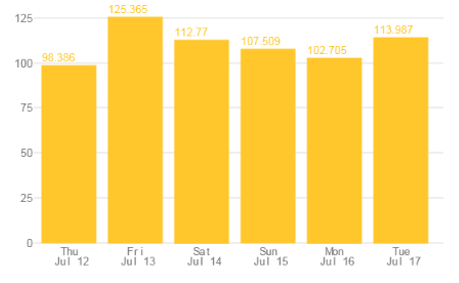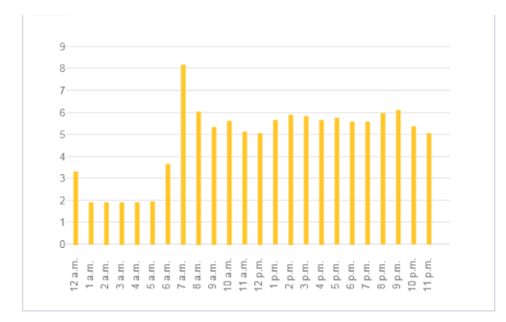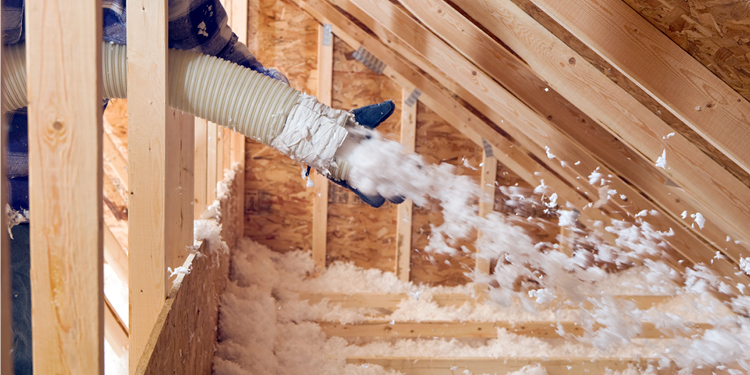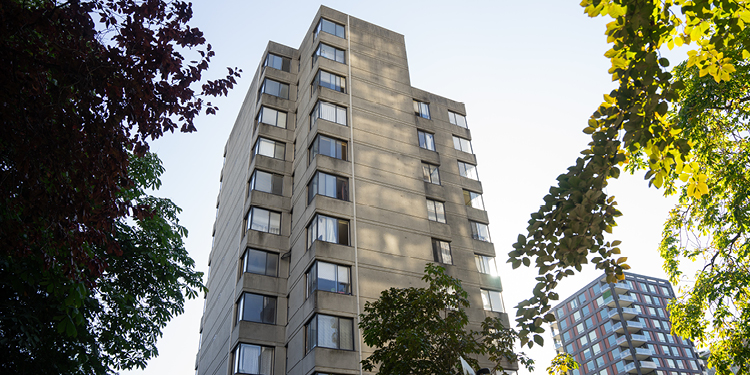6 easy hacks to save money when the heat spikes
July 20, 2018
Updated June 25, 2021
When summer heat spikes, we typically reach for the dial on air conditioners or heat pumps. And this can lead to an increase in electricity use. We’re concerned this could also mean higher than expected electricity bills.
Yet by taking simple steps to save energy, you can reduce the load on your air conditioner or heat pump, which can help this equipment last longer and help save on your electricity costs.
Here are some energy-saving tips to keep cool while conserving power.
- Monitoring your consumption
If you get into the habit of knowing how much electricity you use and when, then you can find the best ways to save energy – and see what rebates may work for you.
For example, here’s a weekly and daily sample from a family of five living in a 40-year-old, single family home in the Kelowna area. This family would benefit from setting their air conditioning to come on a few degrees higher if they are away during the day.


Sample data only, individual use will vary.
- Cooling only the rooms you’re using
- Managing your air conditioner or heat pump
- Keeping windows, curtains and blinds closed
- Using a fan
- Planting a shade tree
If using an air conditioner, cool only the rooms you’re using. If your heating system is electric and it’s time to upgrade, consider a high-efficiency air source heat pump, which offers heating in the winter and cooling in the summer. Make sure your home is well-insulated to keep in the cold, conditioned air and keep out the heat.
Setting the air conditioner to come on a few degrees higher when you’re home, such as 25 °C, and even higher when you’re not at home, can help reduce energy use. Now is also a good time to make sure your air conditioner or heat pump is well-maintained with a clean air filter.
In the heat of the day, cover your windows to prevent the hot sun from heating up your house. Once the sun goes down, open them to let in the cooler air.
Use a fan to help circulate cooled air. You can also set your ceiling fan to summer mode (counter-clockwise as you look up at it) to move the air downward to create a wind chill effect.
A great longer-term idea is to plant a tree. The best place is on the southwest or southeast side of your home. A deciduous tree that loses its leaves in the fall to allow in sunlight during the winter months is a good choice.



